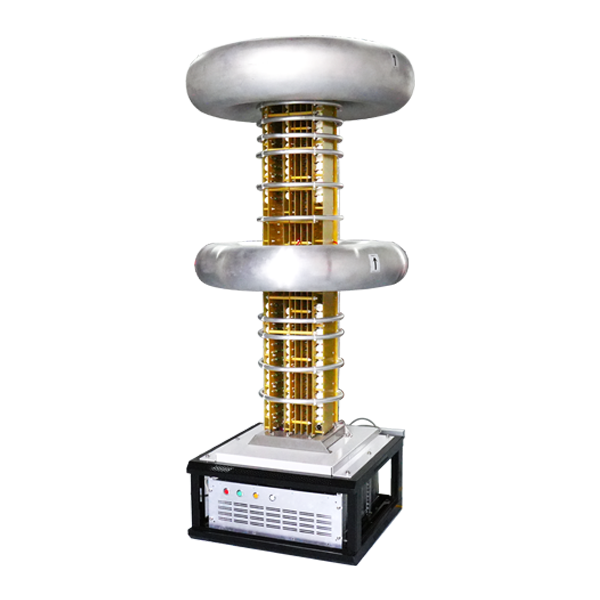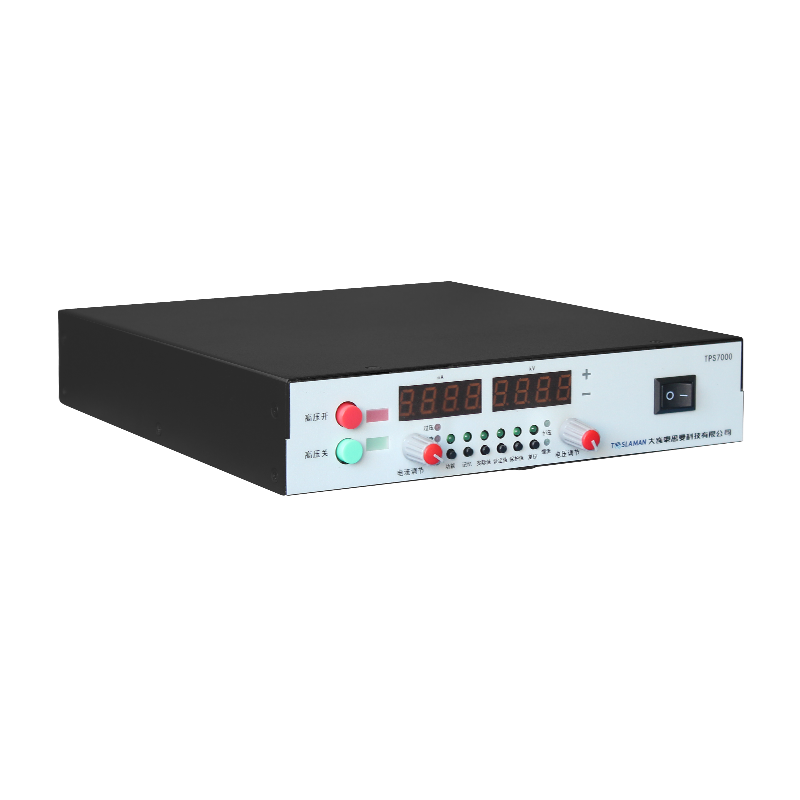Application and Effectiveness Evaluation of High-Voltage Direct Current Power Supply Technology in Grid Voltage Stability Control
With the continuous development and increasing complexity of power systems, the issue of grid voltage stability has become increasingly prominent. Traditional alternating current (AC) power systems are difficult to meet the requirements of voltage stability under certain extreme conditions. Therefore, high-voltage direct current (HVDC) power supply technology has emerged and been widely researched and applied in recent years. This article will delve into the application of high-voltage direct current power supply technology in grid voltage stability control and its effectiveness evaluation from a professional perspective.
**I. Overview of High-Voltage Direct Current Power Supply Technology**
High-voltage direct current power supply technology is a method of power transmission that converts alternating current into direct current and then converts the direct current back into alternating current through an inverter. Since there is no phase difference or frequency difference in direct current transmission, it has higher stability and efficiency in long-distance, large-capacity power transmission. In addition, the HVDC system has strong controllability, which can regulate the voltage and frequency of the power grid by controlling the converter station, thereby improving the stability and reliability of the power grid.
**II. Application of High-Voltage Direct Current Power Supply Technology in Grid Voltage Stability Control**
1. **Long-distance Transmission**: In long-distance transmission, due to the influence of line resistance and capacitance, the AC voltage gradually decreases with the increase of transmission distance. Using HVDC technology can effectively suppress voltage drop and maintain the voltage stability of the power grid.
2. **Interconnection of Regional Power Grids**: For large regional power grids, asynchronous interconnection between different power grids can be achieved through HVDC technology, reducing the mutual influence between power grids and improving the overall stability of the power grid.
3. **Improving System Transient Stability**: When transient processes such as short-circuit faults or sudden load changes occur in the power system, the HVDC system can quickly adjust the output voltage and current of the converter station to help the system rapidly return to a stable state.
4. **Suppressing Low-frequency Oscillations**: Low-frequency oscillations are a common type of instability in power systems, which can lead to system disconnection when severe. The HVDC system can effectively suppress low-frequency oscillations and improve the dynamic stability of the power grid through its additional control functions, such as power modulation, frequency modulation, etc.
**III. Effectiveness Evaluation of High-Voltage Direct Current Power Supply Technology**
To accurately evaluate the effectiveness of high-voltage direct current power supply technology in grid voltage stability control, a comprehensive evaluation is required from multiple aspects:
1. **Simulation Analysis**: Use power system simulation software to model and simulate the HVDC system, simulating different operating conditions and fault scenarios to verify the effectiveness of the HVDC system in improving grid voltage stability.
2. **Field Tests**: Install the HVDC system in the actual operating power grid and conduct field tests. By comparing the grid voltage stability indicators before and after installation, such as voltage fluctuation range, voltage recovery time, etc., to assess the actual effect of the HVDC system.
4.**Economic Benefit Analysis**: Comprehensively consider factors such as construction costs, operation and maintenance costs, and energy-saving and emission reduction benefits of the HVDC system, and conduct economic benefit analysis to evaluate its economic value in grid voltage stability control.




















